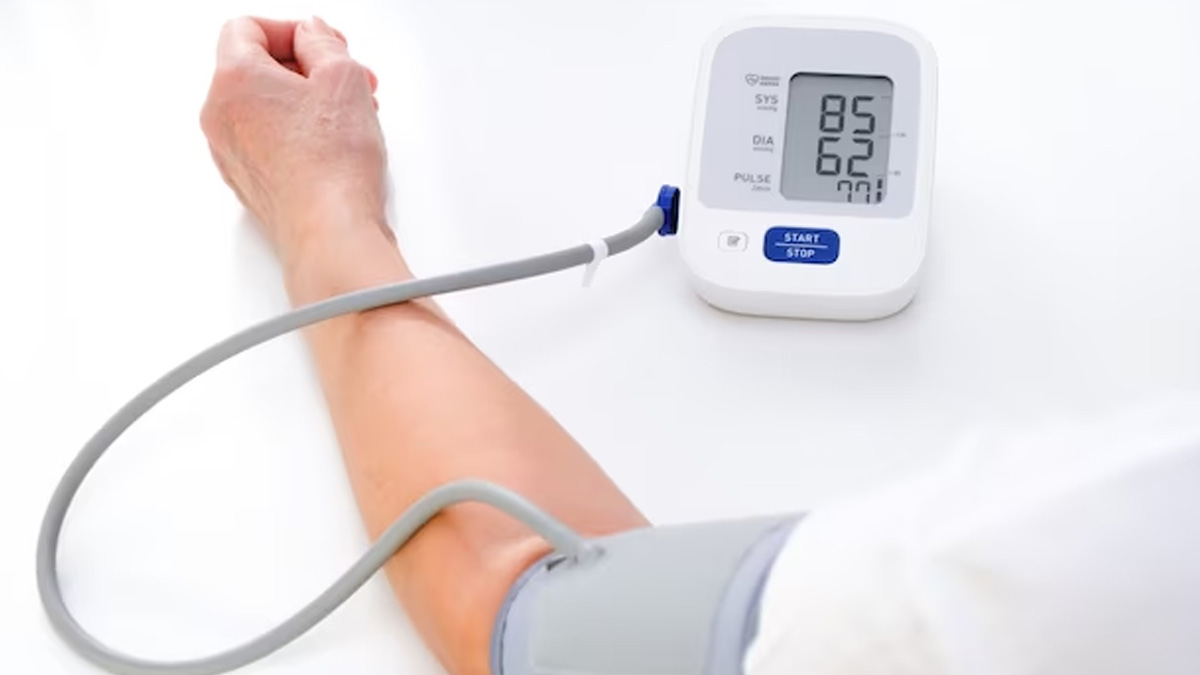
Low blood pressure, also known as hypotension, is a condition where the pressure of blood in your arteries is lower than normal. Although low blood pressure is generally considered less dangerous than high blood pressure, it can cause a range of symptoms and complications, especially if it is severe or persistent. In this article, we will discuss the signs of low blood pressure and what you should do if you experience them.
Table of Content:-
What is low blood pressure?
Blood pressure is the force that blood exerts against the walls of your arteries as it flows through your body. The normal range for blood pressure is typically around 120/80 millimetres of mercury (mm Hg). Low blood pressure is generally defined as a systolic pressure of less than 90 mm Hg and a diastolic pressure of less than 60 mm Hg.
Low blood pressure can be caused by a variety of factors, including dehydration, certain medications, and underlying medical conditions such as heart problems, endocrine disorders, or neurological conditions. In some cases, low blood pressure can be a sign of an underlying medical emergency, such as sepsis, anaphylaxis, or a heart attack.

Also read: 7 Lifestyle Tips For People Over 40 For Better Health
Signs of low blood pressure
The symptoms of low blood pressure can vary depending on the severity of the condition, as well as the underlying cause. In some cases, low blood pressure may not cause any symptoms at all. However, common signs of low blood pressure can include:
1. Dizziness or lightheadedness
One of the most common signs of low blood pressure is feeling dizzy or lightheaded, especially when standing up quickly from a seated or lying position.
2. Fainting or syncope
In severe cases of low blood pressure, a person may experience fainting or syncope, which is a temporary loss of consciousness caused by a lack of blood flow to the brain.
3. Blurred vision
Low blood pressure can also cause blurred vision or a temporary loss of vision, especially when standing up suddenly.
4. Nausea or vomiting
Some people with low blood pressure may experience nausea or vomiting, especially if the condition is caused by dehydration or a gastrointestinal issue.
5. Fatigue or weakness
Low blood pressure can cause a feeling of fatigue or weakness, especially if the condition is chronic or persistent.
6. Rapid or shallow breathing
In some cases, low blood pressure can cause rapid or shallow breathing, which can make it difficult to catch your breath.

7. Pale or cold skin
Low blood pressure can cause a person's skin to become pale or cold to the touch, especially in the hands and feet.
Also read: 7 Lifestyle Tips For People Over 40 For Better Health
What to do if you experience signs of low blood pressure?
If you experience any signs of low blood pressure, it is important to seek medical attention as soon as possible, especially if the symptoms are severe or persistent. Your doctor can perform a physical exam and run diagnostic tests to determine the underlying cause of your low blood pressure, as well as provide treatment options.
In some cases, low blood pressure may be treated with lifestyle changes, such as increasing your fluid intake, eating a healthy diet, and getting regular exercise. Your doctor may also recommend medications to help raise your blood pressure, such as fludrocortisone, midodrine, or dopamine agonists.
If you experience severe symptoms of low blood pressure, such as fainting or chest pain, seek emergency medical attention right away. In some cases, low blood pressure can be a sign of a life-threatening condition that requires immediate treatment, such as septic shock or anaphylaxis.
Low blood pressure can be a frustrating and uncomfortable condition, but it is important to recognize the signs and seek medical attention if you experience any symptoms. With the right diagnosis and treatment, you can manage your low blood pressure and prevent potential health complications.
Also watch this video
Read Next
5 Ways To Improve Body Odour
How we keep this article up to date:
We work with experts and keep a close eye on the latest in health and wellness. Whenever there is a new research or helpful information, we update our articles with accurate and useful advice.
Current Version